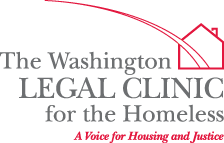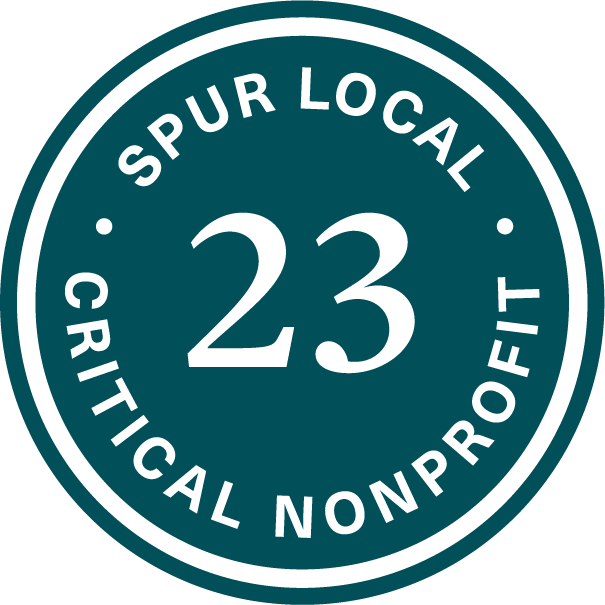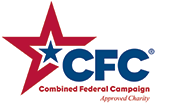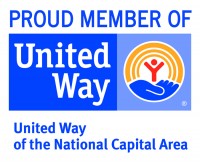As of today, DC households that rely on food stamps will experience a decrease in their monthly benefit amount as a result of a change in federal law.
The Food Stamp program, also known as the Supplemental Nutrition Assistance Program, or SNAP, is the largest federal nutrition program and serves millions of Americans annually. The cuts that go into effect today will impact all households that rely on food stamps, and as reported by the Washington Post, in DC alone the cuts will affect more than 144,000 people, or nearly 1 in 4 District residents.
The amount of the decrease will vary depending on household size, income, and expenses, but it will be significant for those who rely on the benefit as their only protection against hunger.
Many of the Legal Clinic’s clients rely on food stamps to feed their families and struggle to do so even without the cuts. DC has the third highest poverty rate in the nation; the number of residents receiving food stamps has increased by more than half since since 2006.[1] As we’ve highlighted on this blog before, low wages and the high cost of living in the District contribute to residents’ reliance on food stamps. The cuts to SNAP benefits threaten all households and will likely lead to increased numbers of children going hungry in the District. For more information about the impact of the SNAP cuts on DC households, visit dcfoodstampinfo.org.
Because SNAP households will not receive individual notices about the cuts, it’s important for all of us who work with low and no-income DC residents to help spread the word. Here are some action steps recommended by DC Hunger Solutions on how you can get the word out on the SNAP cuts:
- This video explains the changes to SNAP and provides food and nutrition resources. Embed the video on your website, share it with SNAP families (e.g., play it in your waiting rooms, educational programs, etc.).
- Distribute the “What You Need to Know” flyer – English (pdf) and Spanish (pdf) – to SNAP families. This flyer includes information on the cuts and resources for families.
- Distribute the Questions and Answers flyer (pdf) to staff, volunteers, or interested SNAP families. This document provides more in-depth information on the end of the stimulus boost in SNAP benefits.
- Review the Deductions Checklist flyer (pdf) to learn about allowable deductions that SNAP families can take to potentially increase benefit levels.
- Contact D.C Hunger Solutions at 202-986-2200 or info@dchunger.org if you have any questions.





